|
TRANSLATIONS
There are no true hahe
glyphs in C, but Cb14-2
seems promising:
I have listed Cb14-2 both as
hahe and as ariga
erua.
But let us begin from the
beginning:
|
A few preliminary
remarks and imaginations:
1.
The first visual impression of hahe glyphs is
certainly not evincing the picture of 'to surround'. Instead it appears
to be the opposite, at least if we consider the two symbols of
tic-tac-toe:
X O
A zero or the letter O can be seen as a circumference (which
surrounds an interior area). According to Wikipedia the game tic-tac-toe
originates from ancient Egypt.
Wilkinson illustrates the use of
senet, a variant of checkers, with a scene from a game played between lion
and gazelle:
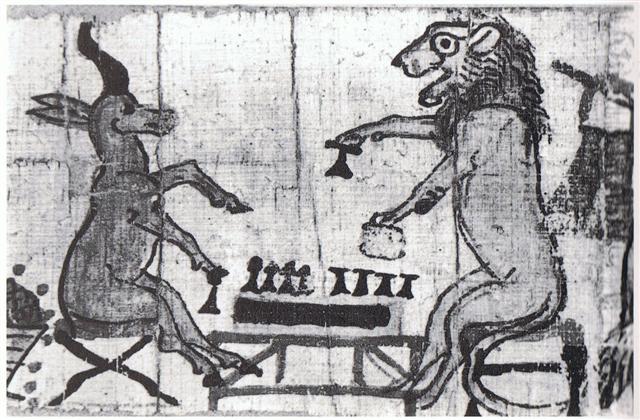
Senet may have
illustrated how life after death was dependent upon winning in a game
of chance against the dark forces. Maybe it helped if you crossed
your fingers. Otherwise you were bound to be engulfed.
The lion surely represents the light
side, and therefore the gazelle must be his dark opponent. The dark
side gazelle is sitting on what looks like a hahe sign. But
the lion is not sitting on a zero sign, instead it seems to be a
moon crescent, the inside of which is divided horizontally in
two halves (a sign which is also shown in his ear). Maybe it means 8, a sign of
successfully moving on past the temporal death, like the Moon. But
the moon crescent is the tail of the lion. And he is not sitting on
his tail. Instead it is a chair similar to the Chinese hieroglyph
for sun:

|
The T-formed 'dogs' of the
Lion are different in form
from those of the Gazelle.
And the Lion holds his piece
high in his right paw, while
the Gazelle holds his piece
in a very low position.
The game board is closed at
the end of the Lion, but
open at the end of the
Gazelle.
|
2.
If the hahe sign refers to the dark side of time, then the
idea of surround (hahe) could refer to how a mummy is made
into a bundle,
hahi.
When the great light in the sky (Sun, Moon, or other luminary)
disappears for a while it can be described as if the light had been
enwrapped in a black cloth.
Sunday, according to the text of H, has a glyph (rau
hei) which
seems to illustrate how in nighttime Sun is like a mummy:
 |
 |
 |
 |
 |
|
Hb9-17 |
Hb9-18 |
Hb9-19 |
Hb9-20 |
Hb9-21 |
The ordinal number for Hb9-19 counted from Ha1-1 is
1079 and 1079 / 3 = 359.67, i.e. Hb9-19 apparently could be denoting
the end of the last day of a year with 360 days.
The beginning of the Mayan calendar has 3 month signs
which exhibit what looks like hahe signs:
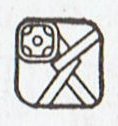 |
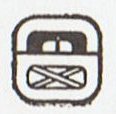 |
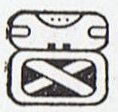 |
|
1 Pop |
2 Uo |
3 Zip |
|
3 * 20 = 60
days |
In the beginning there is no light. The light is
'barred':
'... When it was
evident that the years lay ready to burst into life, everyone took
hold of them, so that once more would start forth - once again -
another (period of) fifty-two years. Then (the two cycles) might
proceed to reach one hundred and four years. It was called 'One Age'
when twice they had made the round, when twice the times of binding
the years had come together.
Behold what was done
when the years were bound - when was reached the time when they were
to draw the new fire, when now its count was accomplished. First
they put out fires everywhere in the country round. And the statues,
hewn in either wood or stone, kept in each man's home and regarded
as gods, were all cast into the water.
Also (were) these (cast away) - the pestles and the (three) hearth
stones (upon which the cooking pots rested); and everywhere there
was much sweeping - there was sweeping very clear. Rubbish was
thrown out; none lay in any of the houses ...' |
|
3.
The use of X and O in tic-tac-toe could be connected with a
world-view which saw the cycles of time as a great
hour-glass form:
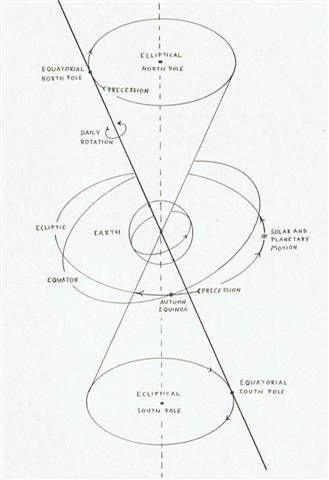
The picture is from Hamlet's Mill and shows how the precession of
the equinoxes slowly moves the frame of time in a cycle. Although
the ancients did not have the hour-glass
they certainly had its form.
The two cycles, one in the north and one in the south, are
interconnected as if they were the bottom cicles of two cones, one
standing upright and one upside down. The picture is in Hamlet's
Mill associated with the peculiar form of Mount Meru (the
world mountain):

|
|
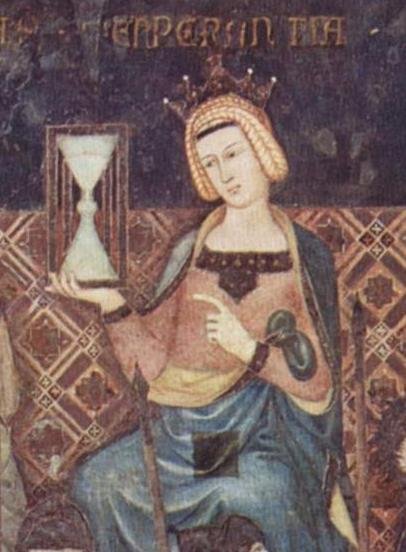
The earliest hourglass appears in the 1338 fresco
Allegory of Good Government by Ambrogio Lorenzetti. The woman
holding the hourglass is Temperance.
Alternatives to sand are powdered eggshell and
powdered marble. Hourglasses were an early dependable, reusable and
accurate measure of time. The rate of flow of the sand is
independent of the depth in the upper reservoir, and the instrument
will not freeze in cold weather.
From the 15th century onwards, they were being
used in a range of applications at sea, in the church, in industry
and in cookery. During the voyage of Ferdinand Magellan around the
globe, his vessels kept 18 hourglasses per ship. It was the job of a
ship's page to turn the hourglasses and thus provide the times for
the ship's log. Noon was the reference time for navigation, which
did not depend on the glass, as the sun would be at its zenith.
Because of its symmetry, graphic signs resembling an hourglass are
seen in the art of cultures which never encountered such objects.
Vertical pairs of triangles joined at the apex are common in Native
American art; both in North America, where it can represent, for
example, the body of the Thunderbird or (in more elongated form) an
enemy scalp, and in South America, where it is believed to represent
a Chuncho jungle dweller.
In Zulu textiles they symbolise a married man, as
opposed to a pair of triangles joined at the base, which symbolise a
married woman. Neolithic examples can be seen among Spanish cave
paintings. Observers have even given the name 'hourglass
motif' to shapes which have more complex symmetry, such as a
repeating circle and cross pattern from the Solomon Islands:
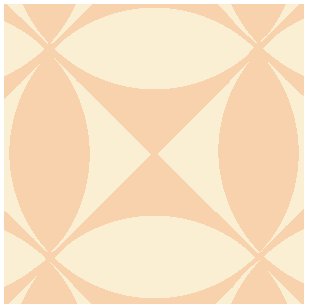
Hourglass also refers to a body shape of women. In
this shape bust and hip are significantly large with narrow waist
resembling the shape of an hourglass. A common measurement of shape
is 36 24 36. The three sizes are the circumferences of bust, waist
and hips; usually rendered as three sizes: xx-yy-zz in centimeters
or inches. In many demographics in the western world, the ideal
sizes for a woman are said to be 36-24-36 ('90-60-90' - the exact
conversion in cm would be 91-61-91 cm).
(Source Wikipedia) |
If Mother Earth has these
proportions, then we can add
36 + 24 + 36 = 96 in order
to find her whole. I suspect
we should multiply by 2,
because pairs should be
implicit. For instance are
there twice 24º in the
tropics.
72 (= 360 / 5) + 48 + 72 =
192 = 8 * 24, a perfect
number.
|
4.
The letter X denoting the
unknown can
therefore be explained as due to this sign being used as the
opposite of the sign of the eye (which once also by the Chinese was
drawn as a circle with a black spot in its middle -
the pupil).
In the dark the eyes are helpless. Nothing can be seen under the
dark cloth. Uncertainty must rule there. And the 'outcome' is a game
of chance.
The form of the circular eye in the sky is all-knowing - it can see
everything below it. Possibly the abode of this eye of light was
regarded as the circular top of the upside down cone of time, a
place where nothing changed.
Moon, on the other hand, was closer to the earth and she obviously
went through all the changes possible. She symbolized life.
The ancient Egyptians regarded the region of the polar circle as
something radically different from the rest of the sky. The stars
inside this region never went down, they were always hanging there
above. They were eternal and could always be seen.
The entrance to the dark underworld maybe was written by vaha kai
in the rongorongo system (and the exit by a reversed vaha
kai). If so, then we can expect hahe glyphs to be found
close to vaha kai glyphs:
Between the 'ears' we are inside the 'skull' and
there is no light. Or there is a chaotic battle between the
different shades of shadows. We are living in a cave and the
shadows on the walls are not true beings, they are all in our
imaginations.
|
|












